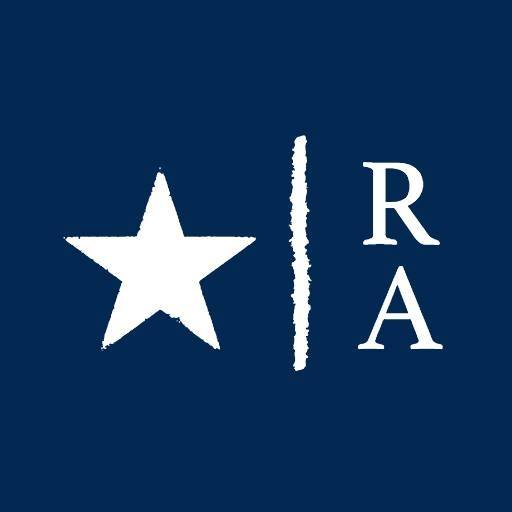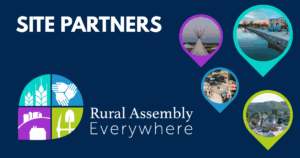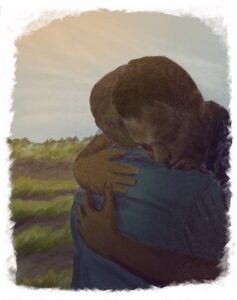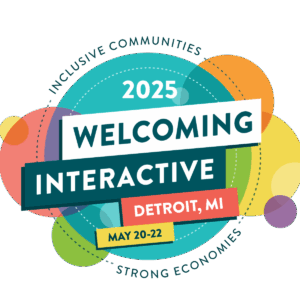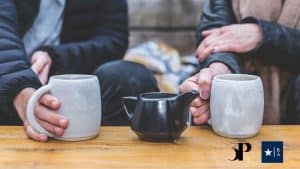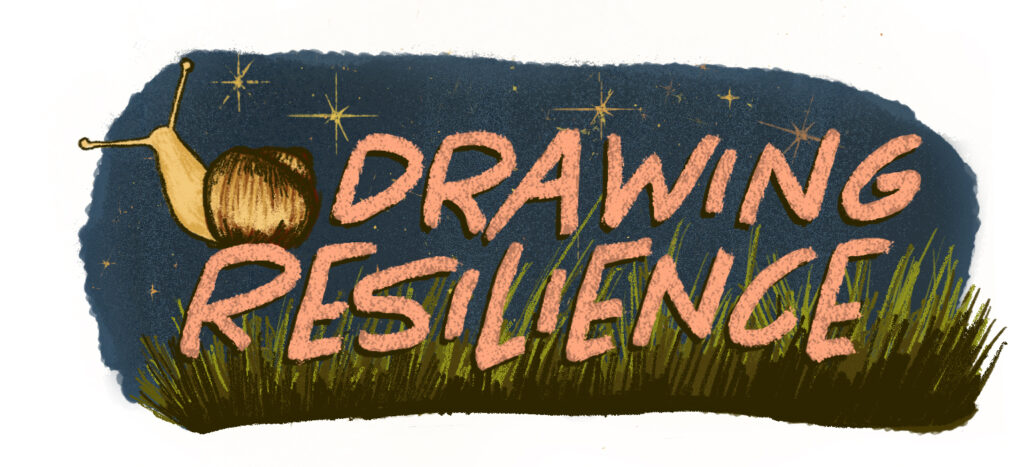
Drawing Resilience: Julie Rae Powers

Illustrations and interview by Nhatt Nichols
Julie Rae Powers’ photographic and written work has focused on family history, coal, Appalachia, the queer “female” gaze, the butch body, and queer chosen families. They are the author and editor of the forthcoming Reclamation: Queering Appalachia’s Visual History and the memoir To Thine Own Self Be True, both out in 2024.
What do you know about resilience? What do you think of when you hear that word?
I think of resilience as the standard media trope of vulnerable, marginalized, or oppressed communities who keep getting back up when they’re knocked down. That’s what I think of generally at first.
From my experience growing up in a rural place as someone who’s had their own type of hardships, resilience to me is that, but in a way that feels less negative.
I am resilient, I keep going, but I have certain privileges that allow me to do that.
I’m interested in the conversation about how resilience is problematic. It seems like the status quo relies on resilience to avoid responsibility for their actions to the folks who have been harmed.
What’s resonated with me is the issue with people needing to be resilient instead of systems. I love your series Out of Hiding because it’s filled with the joy of community building instead of the struggle of building resiliency.
Most of that project was made during a period when I was going through my own difficult time, and the people who were my support system who made me feel valuable, loved, and held was my weird chosen family.
I noticed that my queer family was always interacting with this one group, and that group was always interacting with this other group. I realized there are so many of us in these chosen families. I’m interested in family being non-nuclear, especially since I feel like my parents have failed me. I was asking, ‘How do I build something that feels better for me and aligns with my values?’
So I started reaching out to folks, asking, ‘Do you have a queer chosen family? Would you be willing to be photographed?’
I think it got ten or 12 families. That project showed all types of examples of what a queer chosen family can look like. And this is just like one small subset of queer folks in Columbus, Ohio, at that time.
Now you’re the editor for Reclamation: Queering Appalachia’s Visual History. Going back to that idea of resilience, being able to draw a circle around communities and history is a good way of developing resilience. Can you talk about what might have surprised you from that process?
Just to clarify, it’s a contemporary book. So there is only one historical reference in the book, but I think it’s worth noting. One of the writers in the book is an art historian named Ali Printz. Her research is on Appalachian art and how there’s no formal art history for it. There are plenty of art and craft centers in Appalachia, but no dedicated art history. In her research, she found a photographer from the mid-to-late 1800s named Frances Benjamin Johnston. She was the daughter of timber barons in West Virginia and became a photographer. Due to her affluence, she was afforded a bit more fluidity and flexibility compared to women at that time, so she often dressed in men’s clothing. She would dress in drag, and photograph drag communities and other queer folks. And even though her family were timber barons, she photographed rural Appalachian spaces for conservation purposes, which is an interesting rebellion against her family. She also had the foresight to donate her entire collection to the Library of Congress.
I think in that regard, it’s just like all the narratives that we’ve been told about Appalachia, West Virginia specifically, that It’s a homogenous area. There’s plenty of difference. And eradicating that difference is just another horrible action against the region.
Frances is a great example of showing that difference existed. This book is proving it’s alright to be different. Appalachia is not only this one thing, and this feels like evidence for that.
Follow Powers online:
http://www.julieraepowers.com/
https://www.instagram.com/julieraepowers/
https://twitter.com/julieraepowers
Get this and other rural content in your inbox with the Rural Assembly newsletter.
